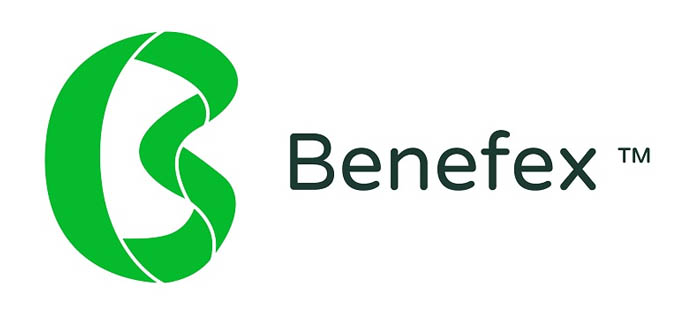
Sophie Gane
HR has a more prevalent presence in the board room than ever before. It holds in its hand what is arguably any business’ most important information – its people data. And yet, so many organisations are under-utilising this valuable insight. When it comes to designing an employee benefits scheme – whether it’s a brand-new programme or an adaptation of last year’s – many HR pros are guilty of following their hunch rather than following the data (we’ve all done it!) But we must have data present in our decision-making, or we risk disengaging our employees and losing money on our benefits.
Predictive analytics
Anyone who’s seen Moneyball (if you haven’t yet, you’re in for a treat) will know of the power of predictive analytics. Essentially, it’s the process of mining your existing data, using statistics, AI and machine learning to make predictions about future movements. However, the opportunity for evidence-based benefits strategies is being missed, as according to research from REBA, 90% of reward and benefits professionals are still using spreadsheets as a data source. While using predictive analytics may seem like an impersonal approach to any people strategy, it actually helps HR bring the human touch to their reporting by surfacing patterns and employee needs on an all-encompassing, company-wide scale which may be missed when commuting between spreadsheets.
Data quality
But there are further considerations to our data use. Even if we do invest in predictive analytics, it’s not as simple as gathering a host of data sets and hoping the answers fall out of it. When it comes to our data quality, we need to consider the five “V”s:
- How much data do we have?
- Have we analysed this data in time, or is it already nine months old?
- Have we relied on one metric or one data type and have we gathered from a cross-section of our people?
- Are we looking at properly resourced figures, or is it a manual spreadsheet from one accountant’s laptop?
- Is this information we’re happy to use and share?
Defining a benefits scheme using data
Alongside predictive analytics, an employee benefits analyst will help steer your scheme down the right path for you and your people. They can use your analytics to give you data-driven recommendations about changes or enhancements to your scheme. To that end, when looking at your current scheme, there are some essential processes an analyst will go through to deliver a benefits programme that will engage your people:
- Look at the existing suite of benefits and identify obvious gaps (any core and/or broadly popular benefits)
- Consider new and upcoming benefits and whether these will be relevant to your demographic
- Consider changes (cultural or legislative) to benefits and whether these will positively or negatively affect your scheme
- Look at how many other clients have this benefit and weigh up whether take-up data so far is proving positive
- Drill down into this client data by industry; does your particular sector have success with this benefit? Is take-up higher or lower than the overall average?
- Analyse demographic data – including factors such as gender split, age range, blue/white collar workforce. Are there benefits which are proving popular with a particular demographic that you are missing? Do you have certain benefits already in place which are not appealing to your demographic?
Once all of these considerations have been made using data – not biases or assumptions – as the basis, you can then tailor your benefits to suit your demographic, and therefore maximise your take-up.
Evolve analysis
Another approach would be to directly analyse the data of those employees who didn’t log in during their previous enrolment. Using the same processes as outlined above, but just applied to this group of employees, you can see if the benefits you’re looking to include then answer the needs of this group. For example, if you’re having trouble engaging many of your older employees, which benefits are out there that you don’t have which are specifically aimed at this demographic? Will someone older be more interested in a will writing benefit than someone in their 20s? Most likely. If you have a disengaged demographic that is largely parents or carers, is your scheme offering enough flexibility support to help people cope with these pressures, both financially and emotionally?
Communications
Data doesn’t just help drive our benefits decisions, it can also steer and segment our communications so that they resonate with our employees. Similar to the way in which Amazon makes its recommendations based on your basket, you can look to see which benefits can be grouped together based on historic take-up data. For example, you might find that there’s a solid overlap between people who have taken up holiday purchase and those who have taken up holiday insurance – you can then target an email to these people advertising a “Travel Bundle” which includes travel accounts. Here, you’re using your communications to upsell as much as possible, backed up by reliable take-up evidence.
A data-driven benefits scheme
All in all, your people data can be your most powerful asset – if you want it to be. Merely having the data there for when you need to pull ad-hoc retrospective reports is not necessarily making the most of its potential. Reward and benefits professionals can take a proactive, evidence-based approach to their benefits which will – most likely – yield better results than hunch-based predictions. This isn’t about making assumptions about employees based on their personal data, but about using existing evidence to deliver predictions on which benefits will resonate with your people.